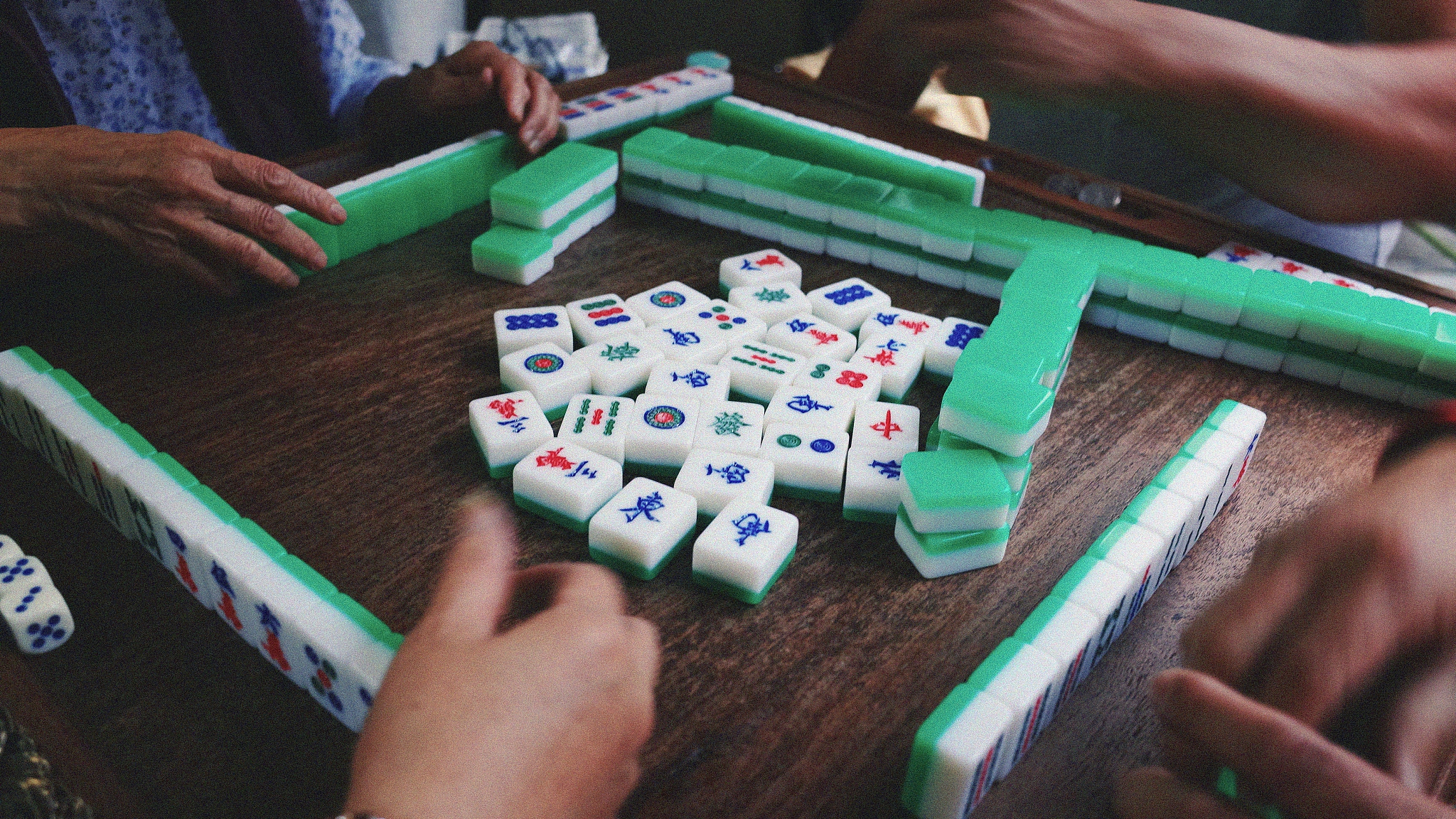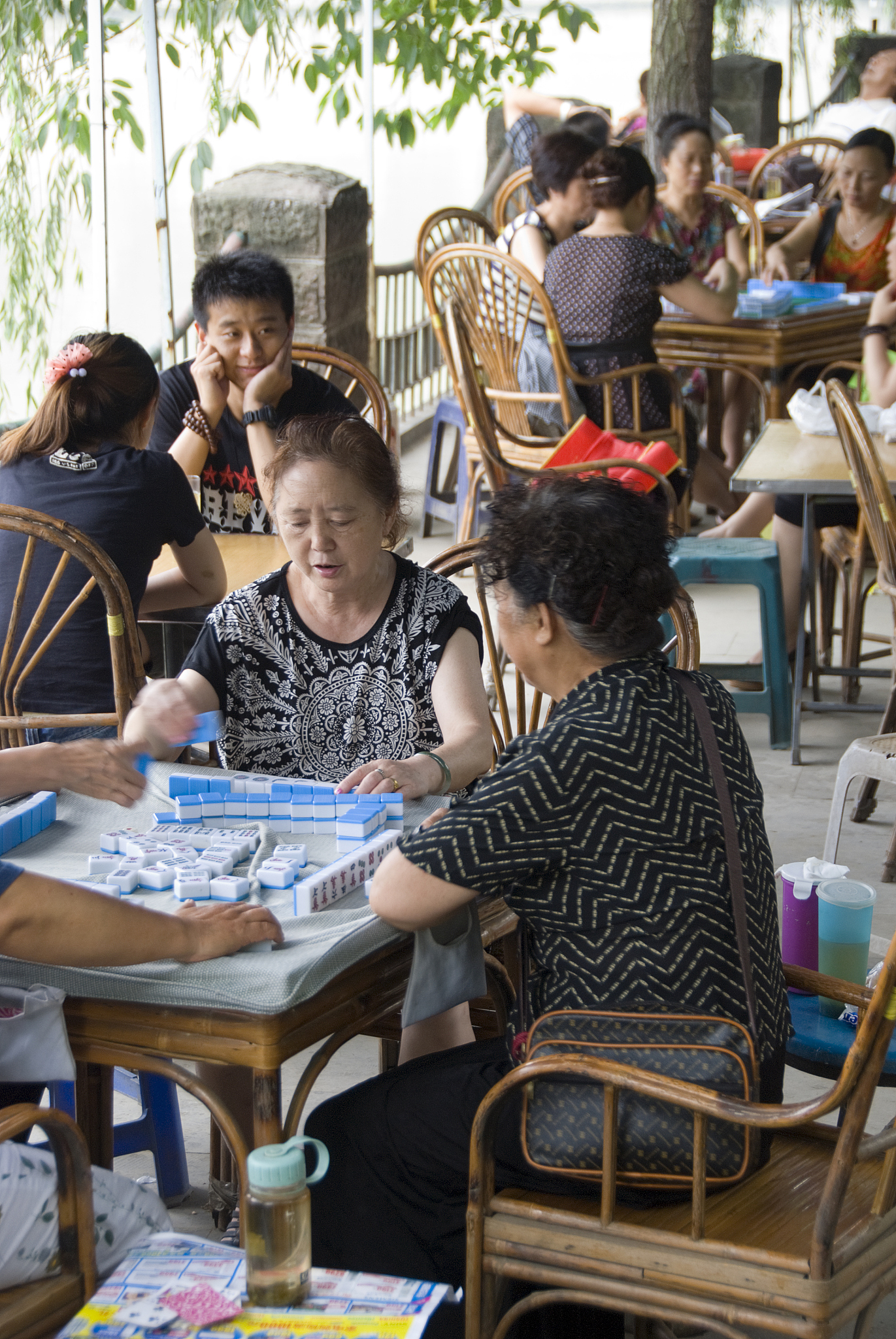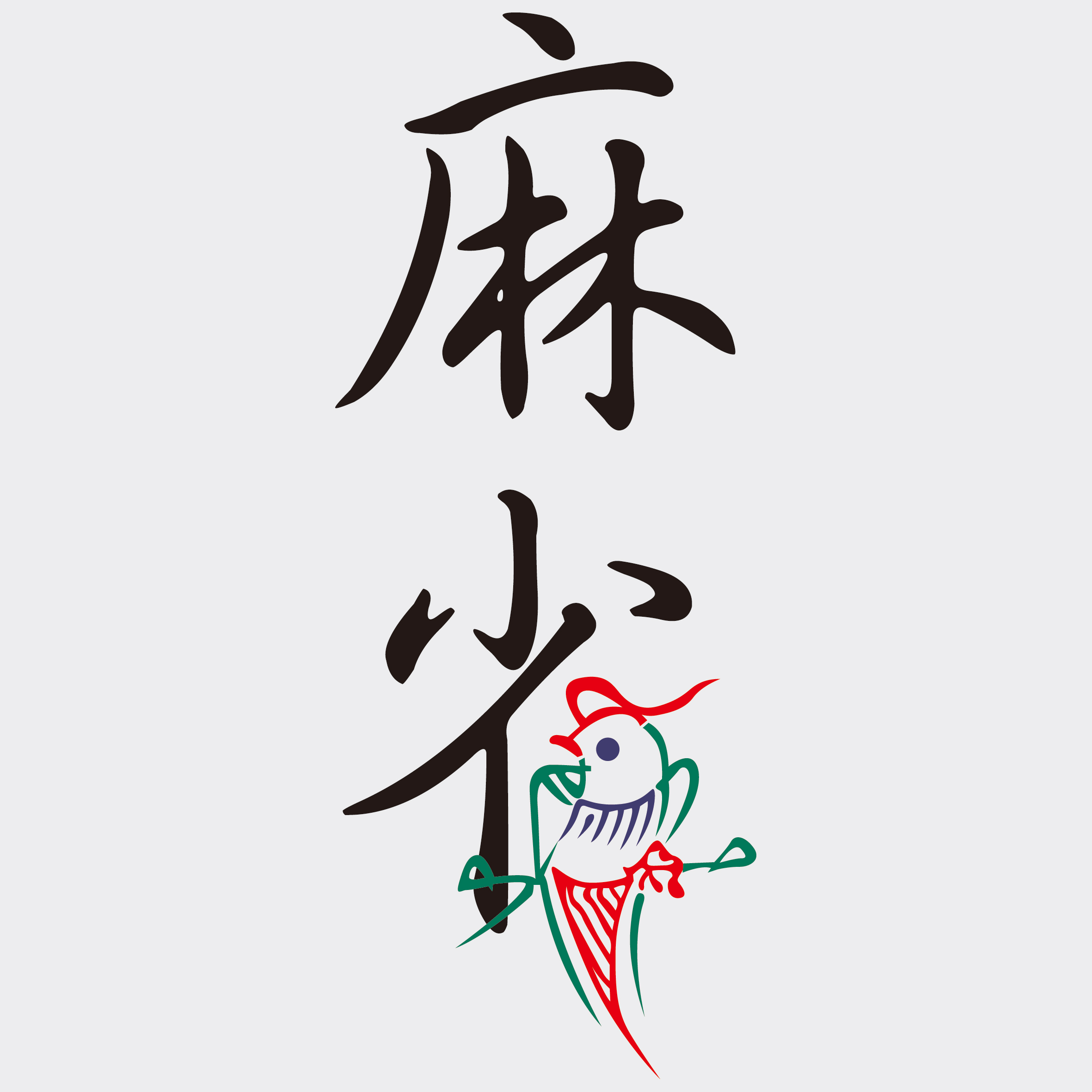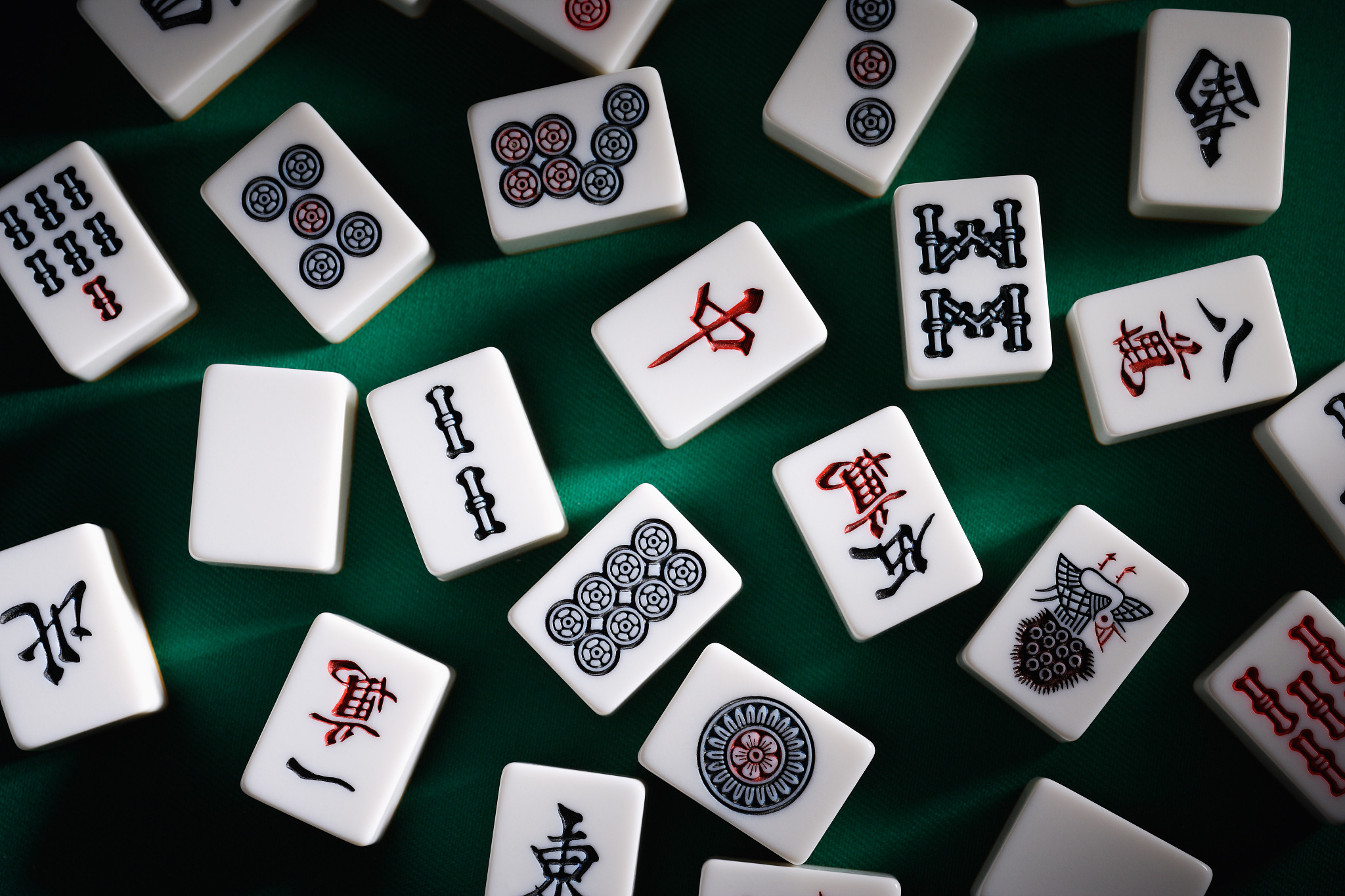
Mahjong is one of China's most popular table games. /CFP
Mahjong is one of China's most popular table games. /CFP
Mahjong, the Chinese tile-based game commonly played by three or four players, has gained so much popularity that there are even designated Mahjong houses, where people gather at weekends to test their skill, strategy and calculation.

People often gather at weekends to play the nation's most popular tile-based game, whether in Mahjong houses, in parks, or at home. /CFP
People often gather at weekends to play the nation's most popular tile-based game, whether in Mahjong houses, in parks, or at home. /CFP
The game's name comes from the bird that is depicted on the bamboo tile #1. It's a hemp sparrow, known as "Maque" in Chinese (麻雀). In Japan, the game is actually called Maque, while Chinese people call it "Majiang" (麻将), which has ultimately become transcribed as "Mahjong" in English.
While the etymology of Mahjong is straightforward, its history is a matter of considerable debate.

The game's name comes from the bird that is depicted on the tile #1. It's a hemp sparrow, known as "Maque" in Chinese. /CFP
The game's name comes from the bird that is depicted on the tile #1. It's a hemp sparrow, known as "Maque" in Chinese. /CFP
Some people believe the game's origins go all the way back to Confucius' time, around 500 B.C.
Legend has it that one day, a concubine of the King of Wu was feeling bored and began carving random images on pieces of ivory and bamboo. Once she'd had enough of carving, she invited her maids to play with the tiles, and thus, Mahjong was invented.
Today, Mahjong can be played in various forms, whether as a card game with mahjong motifs, or as tiles made of various materials (such as mother-of-pearl, ivory, bone, wood, stone, or – the most common material used today – plastic).
Originally a game reserved solely for the nobility, Mahjong is said to have become popular among the common people during the 15th century. Historians believe that Mahjong may have been inspired by ancient Chinese dominoes and card games, as these were already being played in the 10th and 11th centuries.
While it isn't certain how exactly Mahjong became such a popular household game, experts generally agree that it evolved in the provinces near Shanghai (that is, Zhejiang, Jiangsu and Anhui in eastern China). No evidence of Mahjong tiles dating from earlier than 1900 have been found anywhere else in China.

Today, Mahjong tiles are made of various materials. /CFP
Today, Mahjong tiles are made of various materials. /CFP
After 1910, Mahjong was introduced to Japan and gained immediate popularity there. Ten years later, the American Joseph Babcock brought the game to the U.S. The initial enthusiasm Americans had for it didn't last very long, though – only about a decade.
In the mid-1980s, Mahjong was reinvented as a computer game known as "Shanghai," with new rules allowing it to be played by one person alone. The computerized version is what most Westerners today associate with Mahjong. The goal of the game is to remove all the tiles from the board by matching pairs; only those pieces with at least one free edge can be claimed.
For more fascinating tales from China, follow us on @cgtntravelogue on Facebook and Instagram.
Read more:
The qipao, China's most iconic dress
The beauty secrets of ancient China
Tanghulu, appealing to the Chinese sweet tooth

